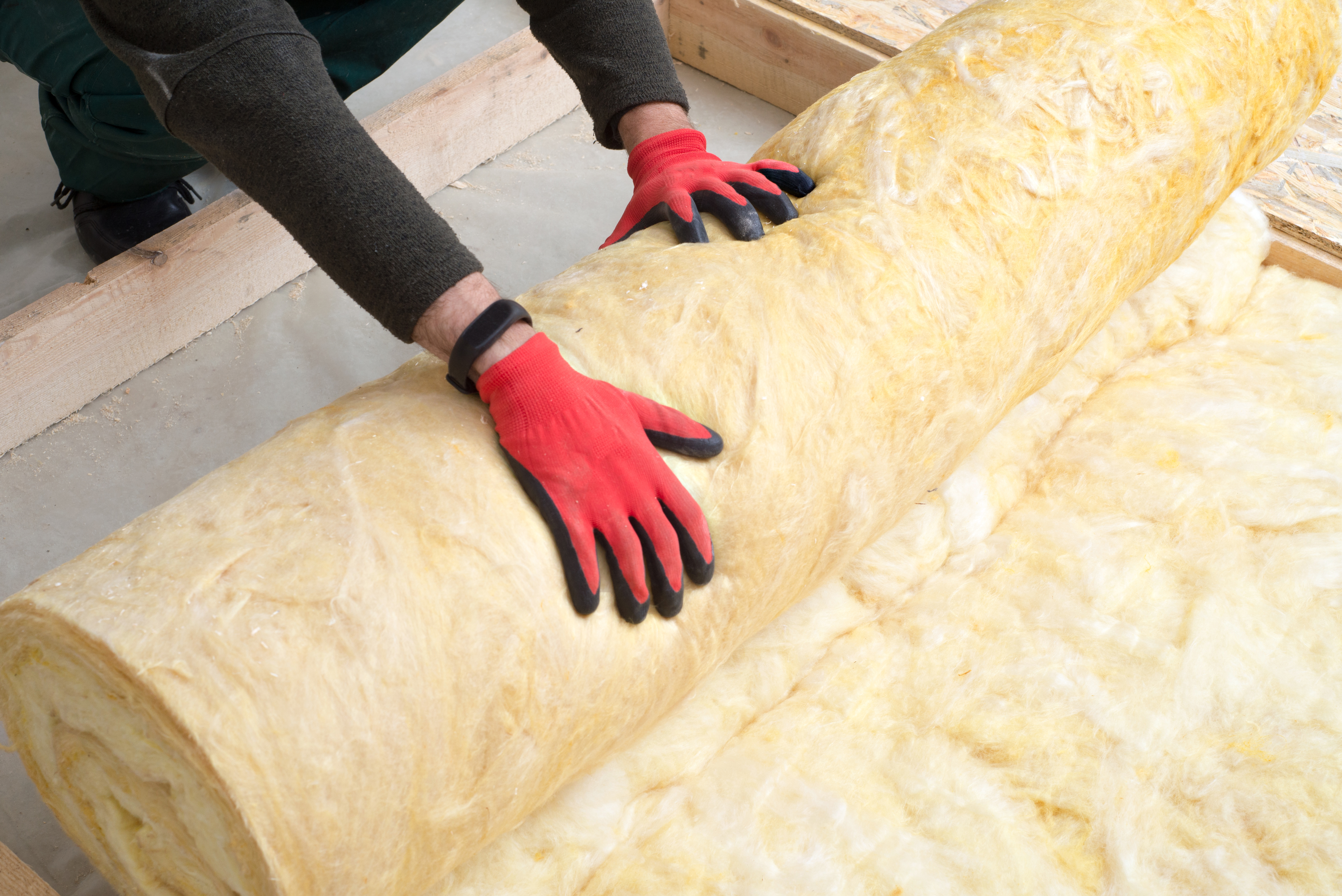
Do you know what R-value is and why it matters? Understanding more about insulation can help you make your home more energy efficient.
- An insulating material’s resistance to conductive heat flow is measured or rated in terms of its thermal resistance or R-value. The higher the R-value, the greater the insulating effectiveness. The R-value depends on the type of insulation, its thickness, and its density. The R-value of some insulation also depends on temperature, age, and moisture accumulation. To calculate the R-value of a multilayered installation, you can add the R-values of the individual layers.
- Installing more insulation in your home increases the R-value and the resistance to heat flow. In general, increased insulation thickness will proportionally increase the R-value. However, as the installed thickness increases for loose-fill insulation, the settled density of the product increases due to compression of the insulation under its own weight. Because of this compression, loose-fill insulation R-value does not change proportionately with thickness. To determine how much insulation you need for your climate, consult a local insulation contractor.


